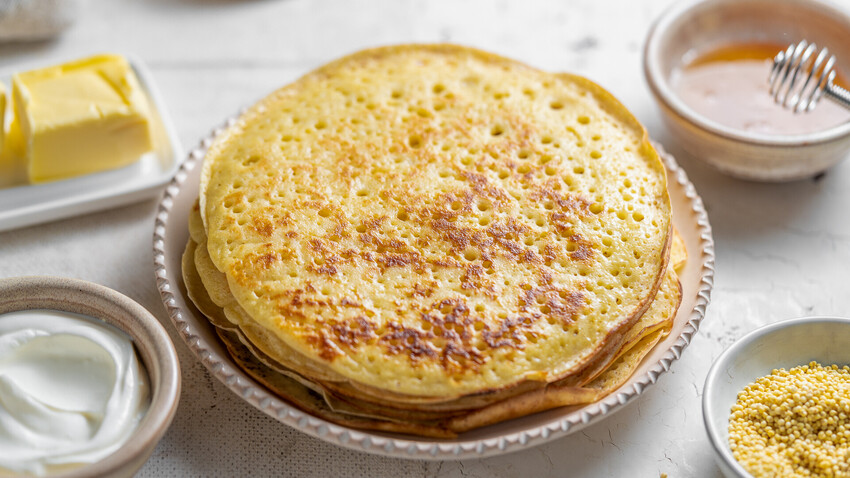
These yellow spongy pancakes resemble the spring sun, and are ideal for Shrovetide celebrations.
Yulia MulinoPachat is a special kind of pancake from Mordovia, a region situated about 450 km southeast of Moscow. Pachat is characterized by its density, thickness and fluffy shape, which is achieved by adding such kinds of flour, as millet, pea, buckwheat or semolina, in addition to wheat flour.
Pachat is cooked with yeast, which results in large sponges. The thickness can reach up to 2.5 centimeters, but it all depends on the layer of dough in the pan. Pachat pancakes are generously greased with butter, which is absorbed into the large pores.
In pagan times, pancakes were considered sacrificial bread, but now they are the hallmark of Mordovia. In the regional capital, Saransk, you can find many fast-food places with these special thick pancakes. Traditionally, guests are greeted with a tall stack of pachat pancakes, baked for holidays or cooked for the family on ordinary days.
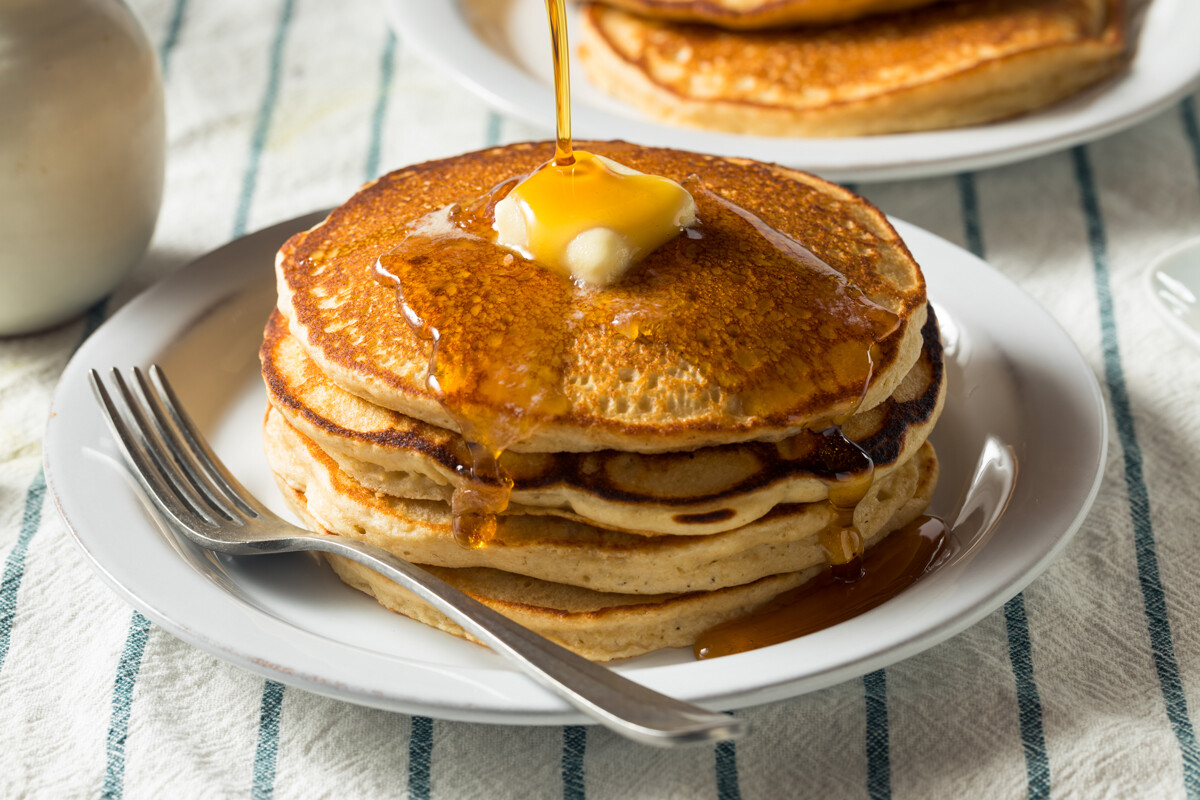
The most common type of pachat is made with millet groats. There are two ways: cooks sometimes add a millet porridge to the batter, or they grind the millet groats into flour and add it to the wheat groats. I used the second option.
Pachat is a good way to introduce millet to the family menu. It has so many health benefits! Millet helps to remove harmful toxins and antibiotics from the body, and also saturates it with important micro and macro elements. Millet dishes are especially helpful against diabetes and atherosclerosis, and help improve the functioning of the liver, pancreatic, cardiovascular and nervous systems. Due to the high content of silicon and fluoride, millet also strengthens bones, teeth, hair and nails; while traces of copper give elasticity to muscles and bones. I chose this healthy cereal also because of its mild taste and pleasant yellow color.
Pachat pancakes are not very sweet, and so, sweetness is added with the toppings. The yeast makes them a little bit sour. They are not elastic, which is why it is better not to wrap but to fold them in half, or cut them with a knife. They’re served with honey, sour cream or jam.
Finally, of course, these yellow spongy pancakes resemble the spring sun, and are ideal for Shrovetide celebrations.
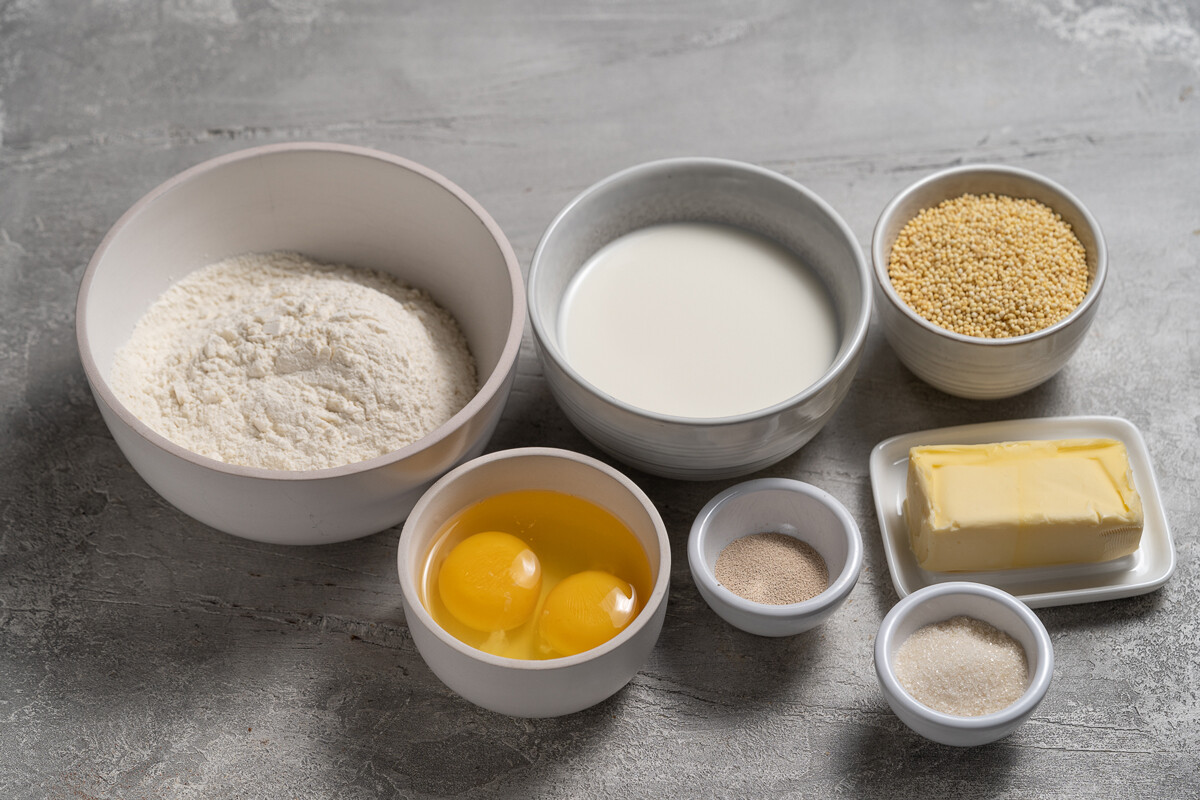
1. Rinse the grits. Dry on a paper towel.
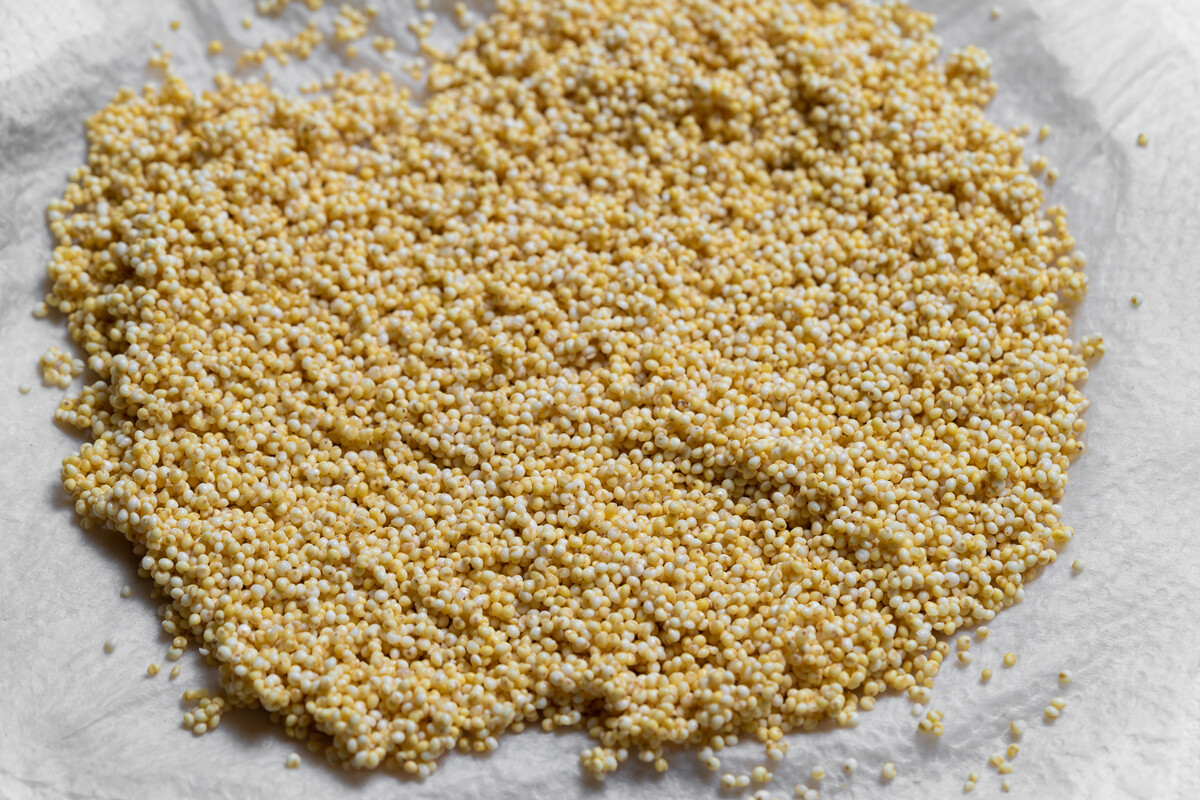
2. Dry in a frying pan on low heat, stirring constantly.
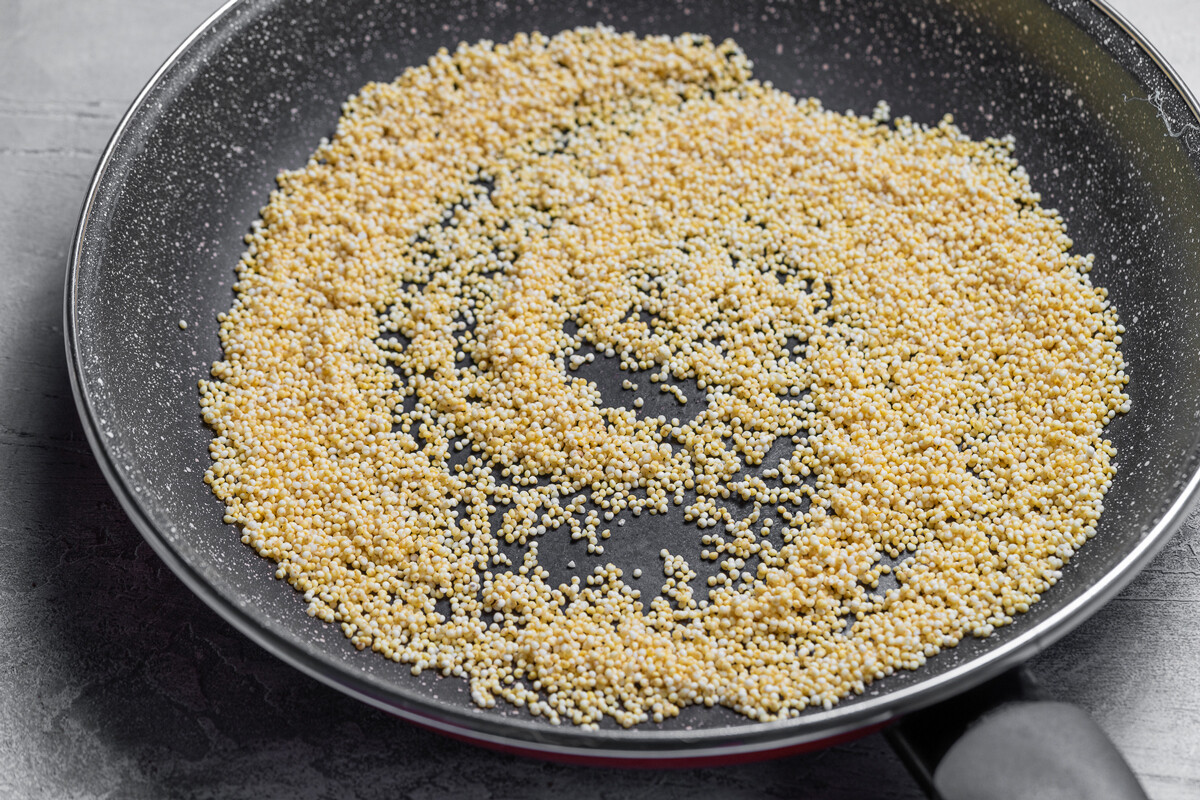
3. Crush the millet into flour.
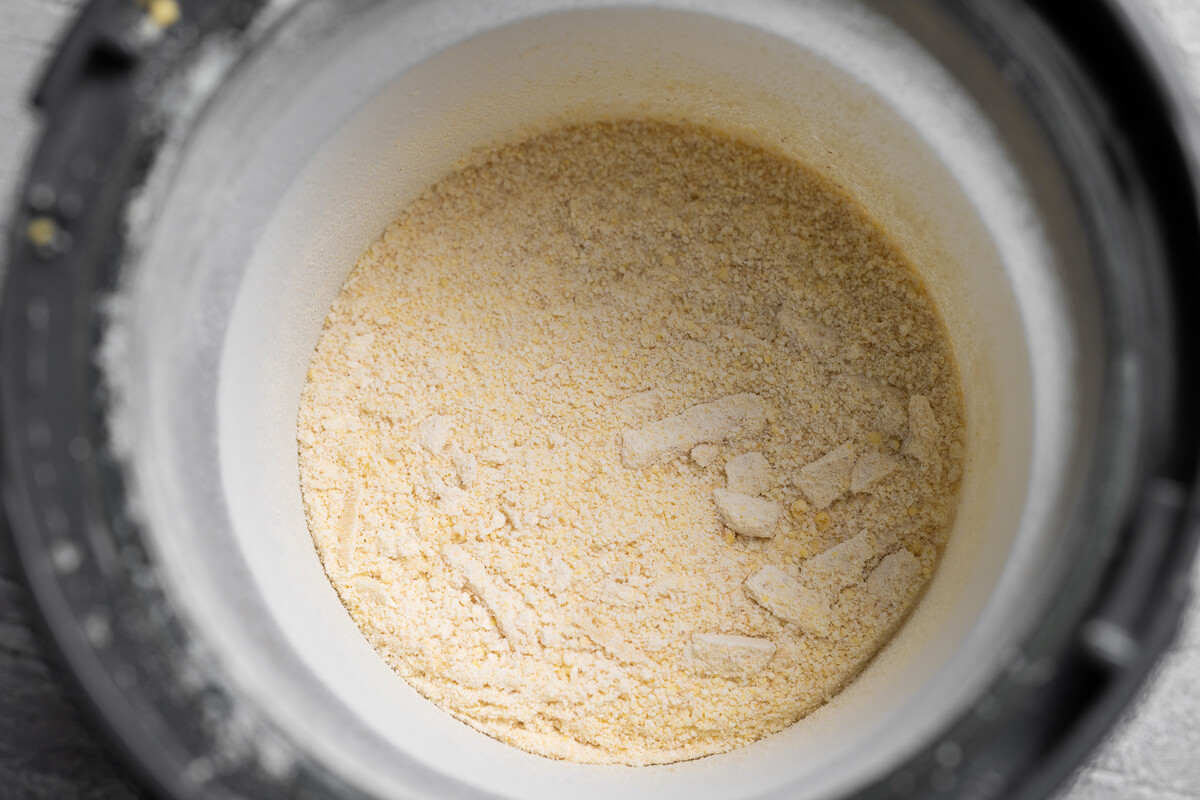
4. Dissolve the yeast in warm milk.
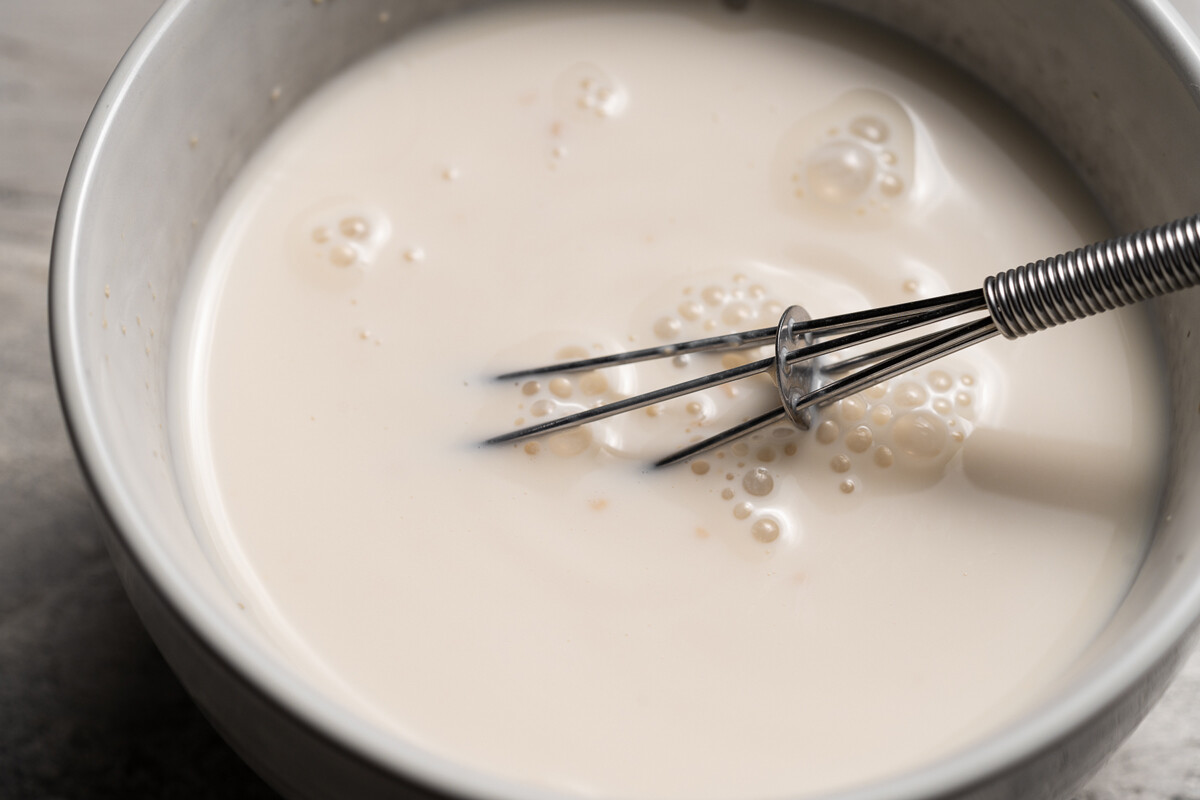
5. Beat the eggs with sugar and salt in a deep bowl.
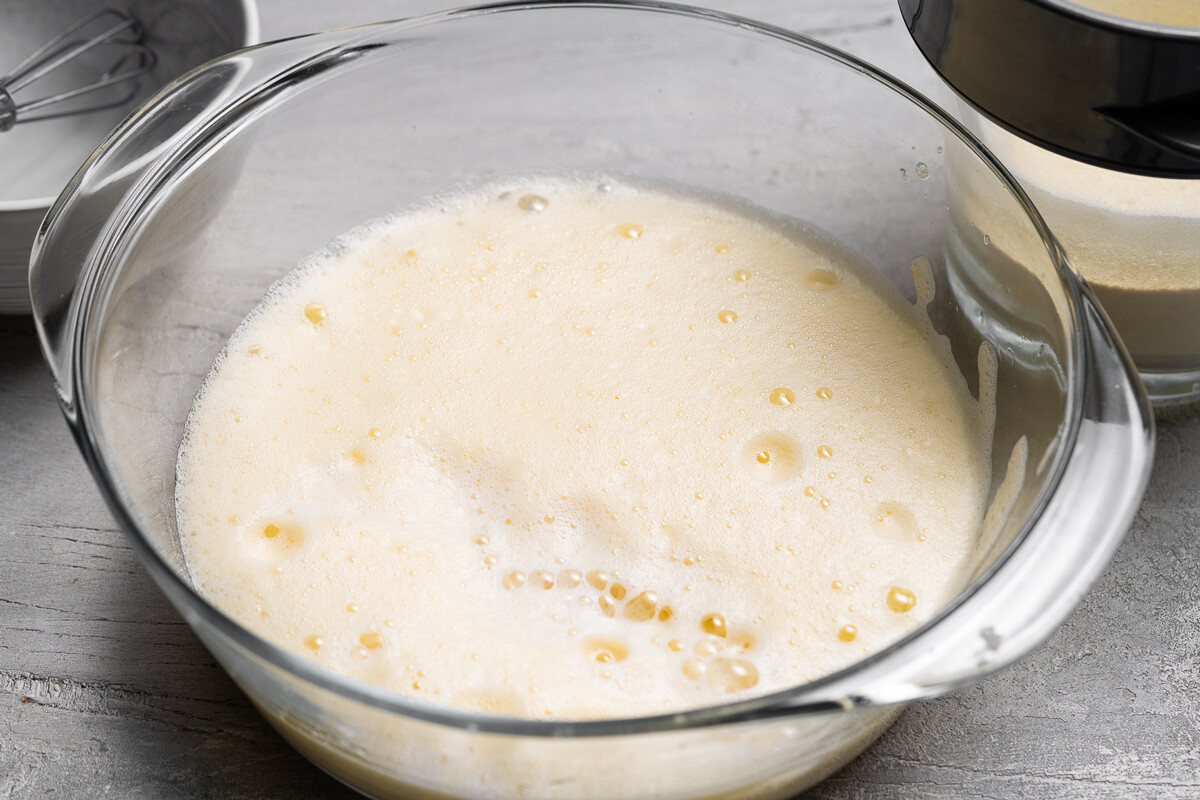
6. Mix wheat flour and millet flour.
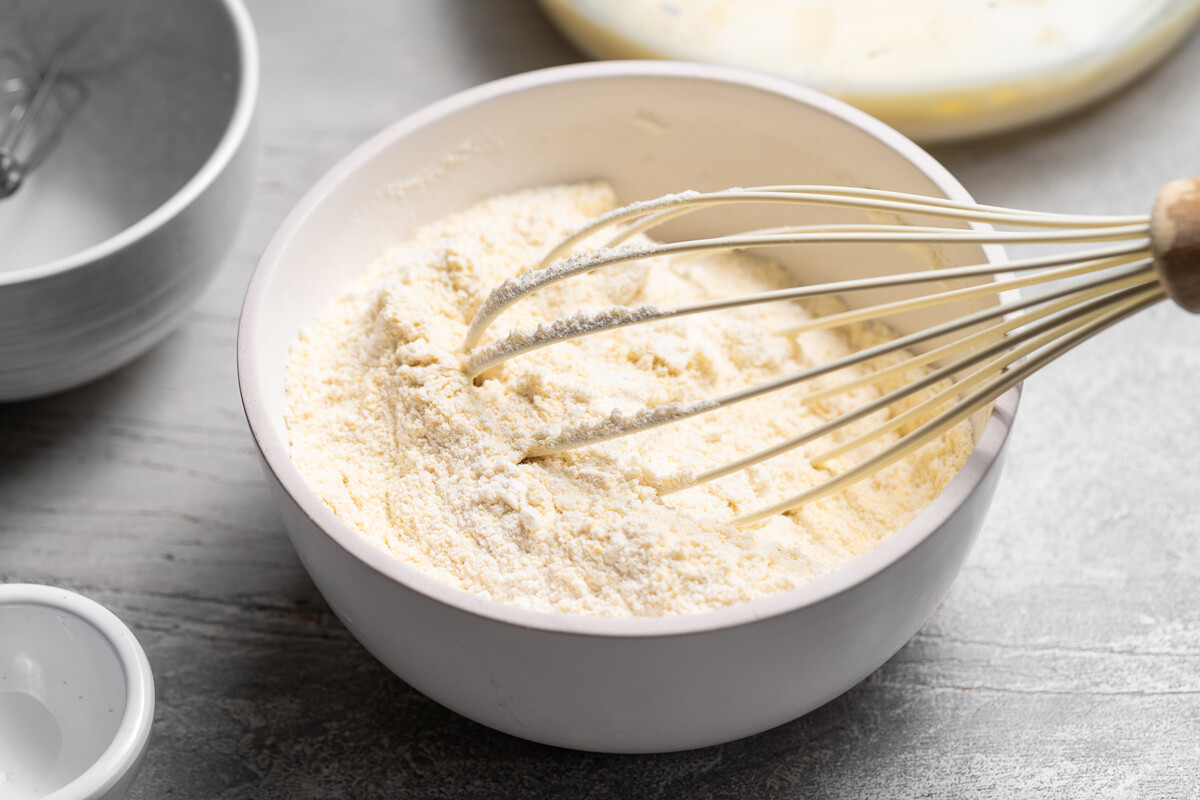
7. Add milk and flour to the eggs.
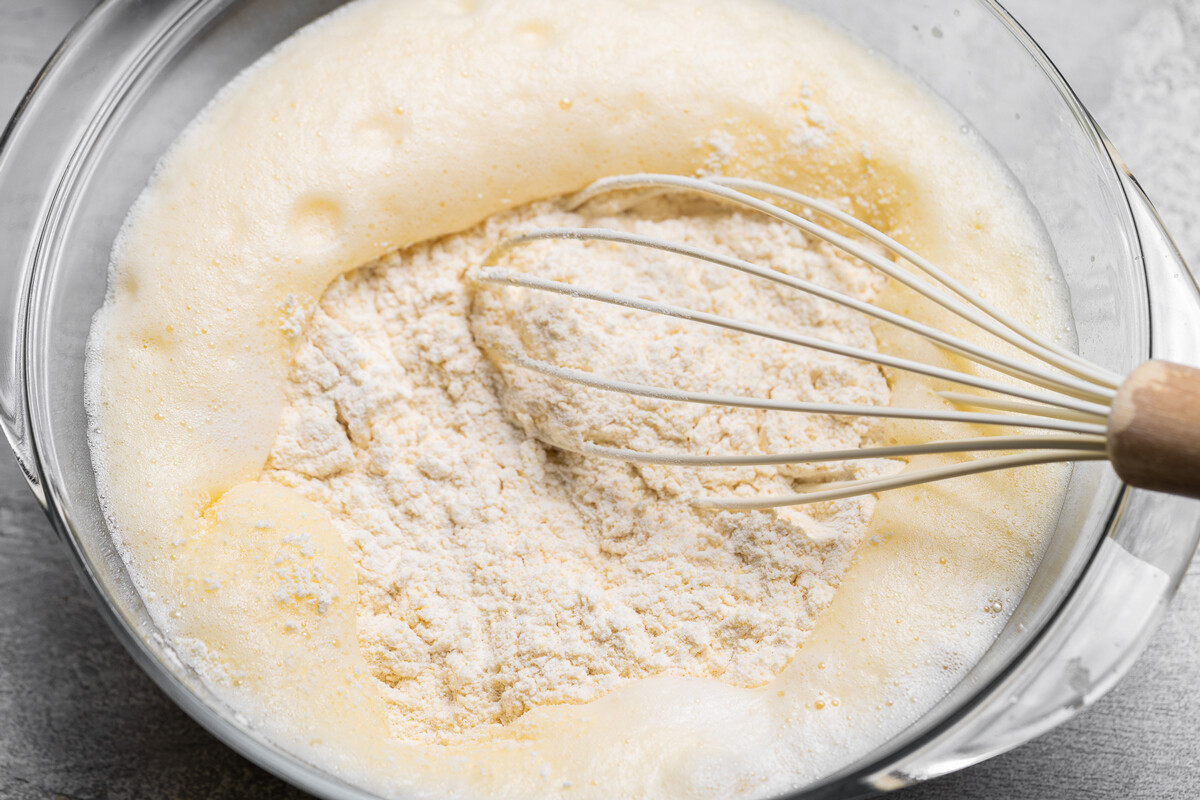
8. Mix, cover and leave in a warm place for 1.5/2 hours.
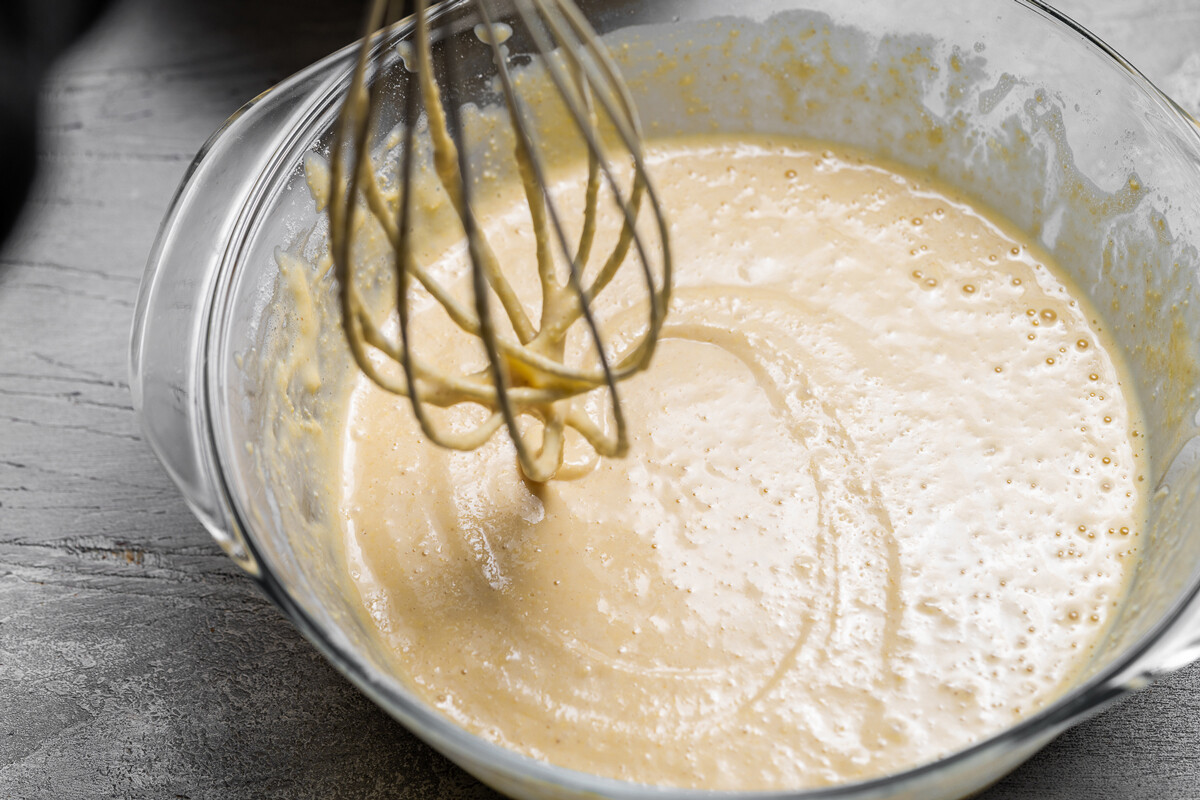
9. Stir in the pancake batter.
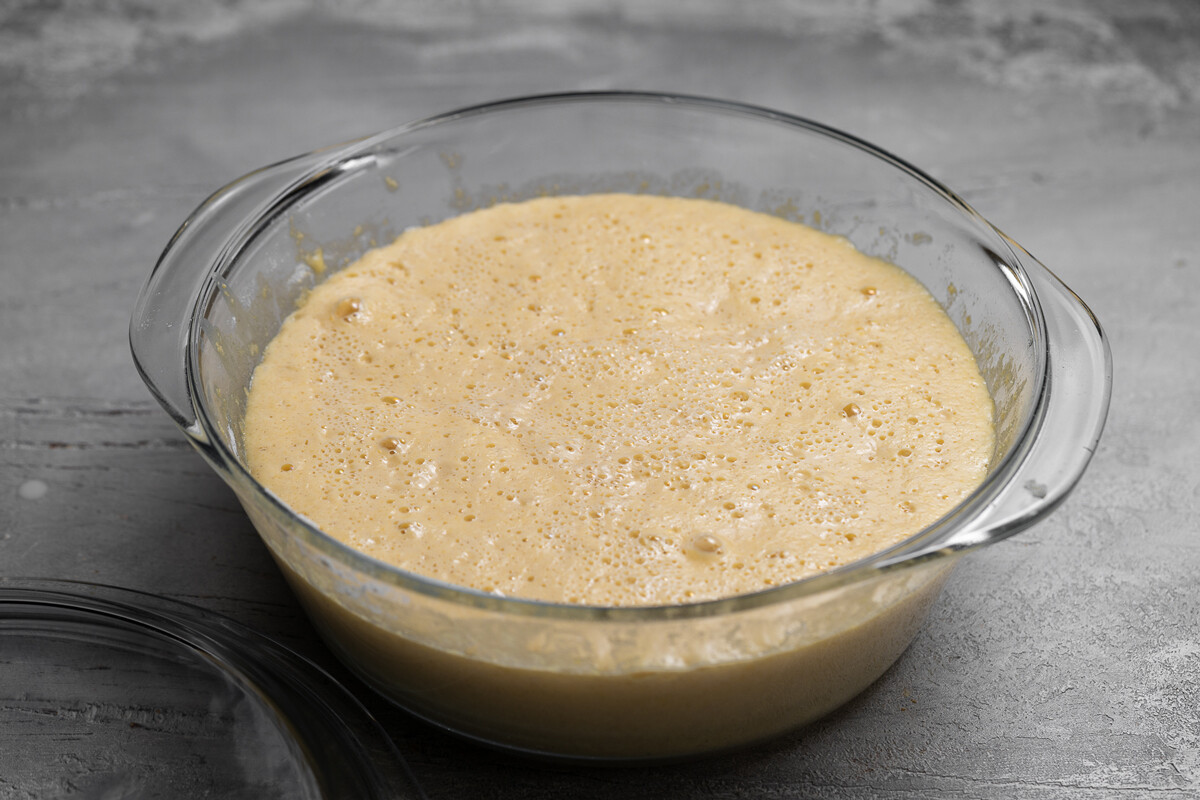
10. Bake on a hot griddle.
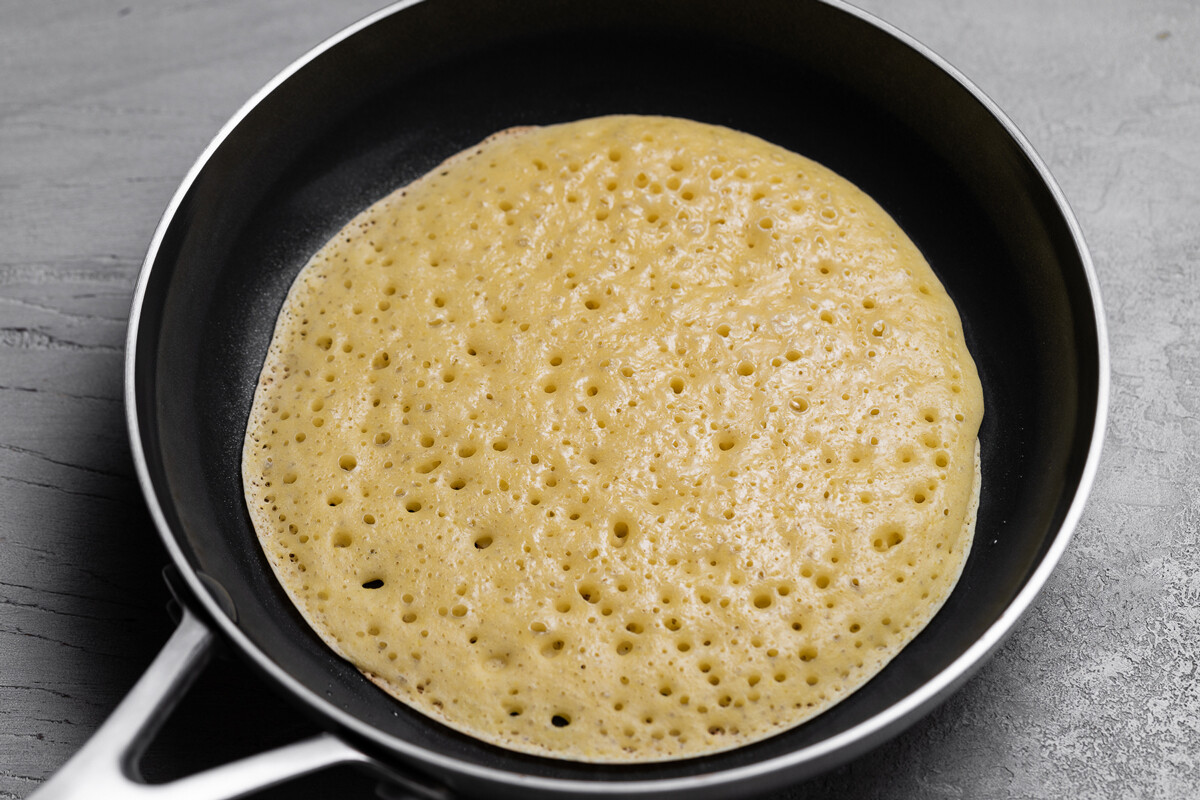
11. Brush each pancake with butter.
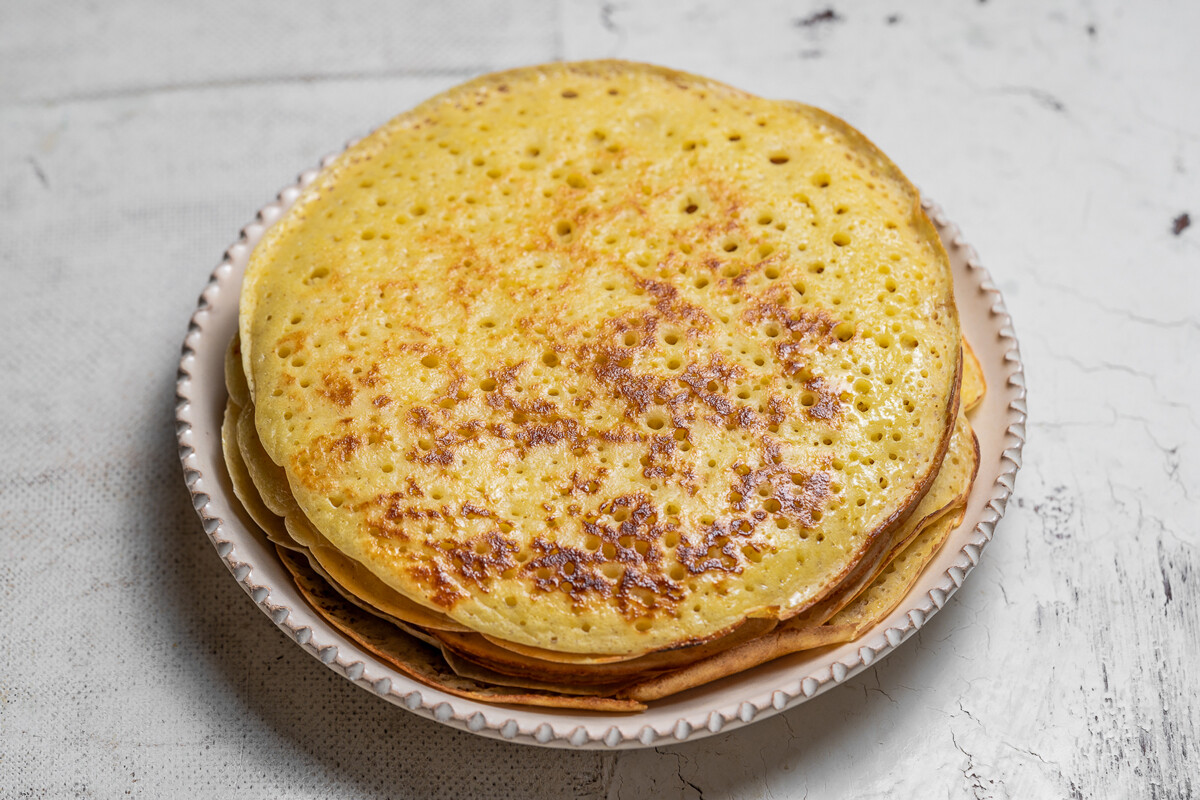
12. Serve at once with honey, sour cream or jam. Enjoy!
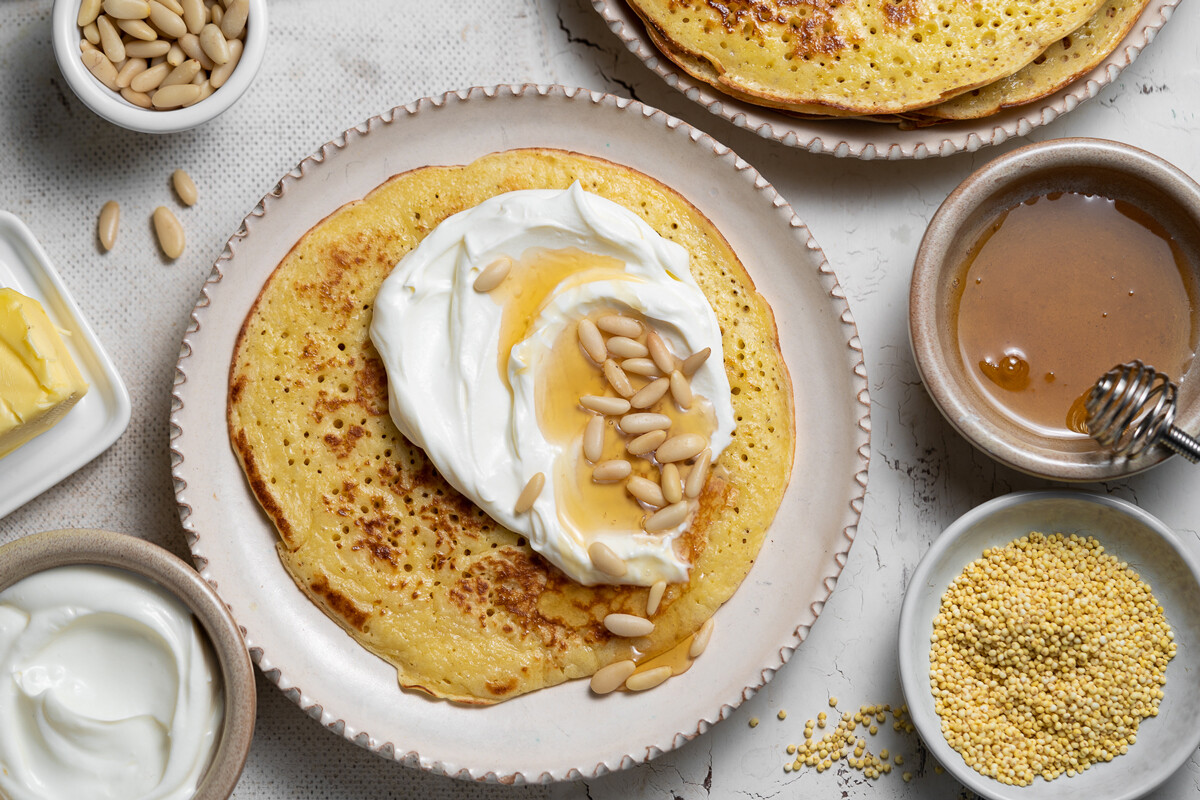
Dear readers,
Our website and social media accounts are under threat of being restricted or banned, due to the current circumstances. So, to keep up with our latest content, simply do the following:
Subscribe to our Telegram channels: Russia Beyond and The Russian Kitchen
Subscribe to our weekly email newsletter
Enable push notifications on our website
Install a VPN service on your computer and/or phone to have access to our website, even if it is blocked in your country
If using any of Russia Beyond's content, partly or in full, always provide an active hyperlink to the original material.
Subscribe
to our newsletter!
Get the week's best stories straight to your inbox